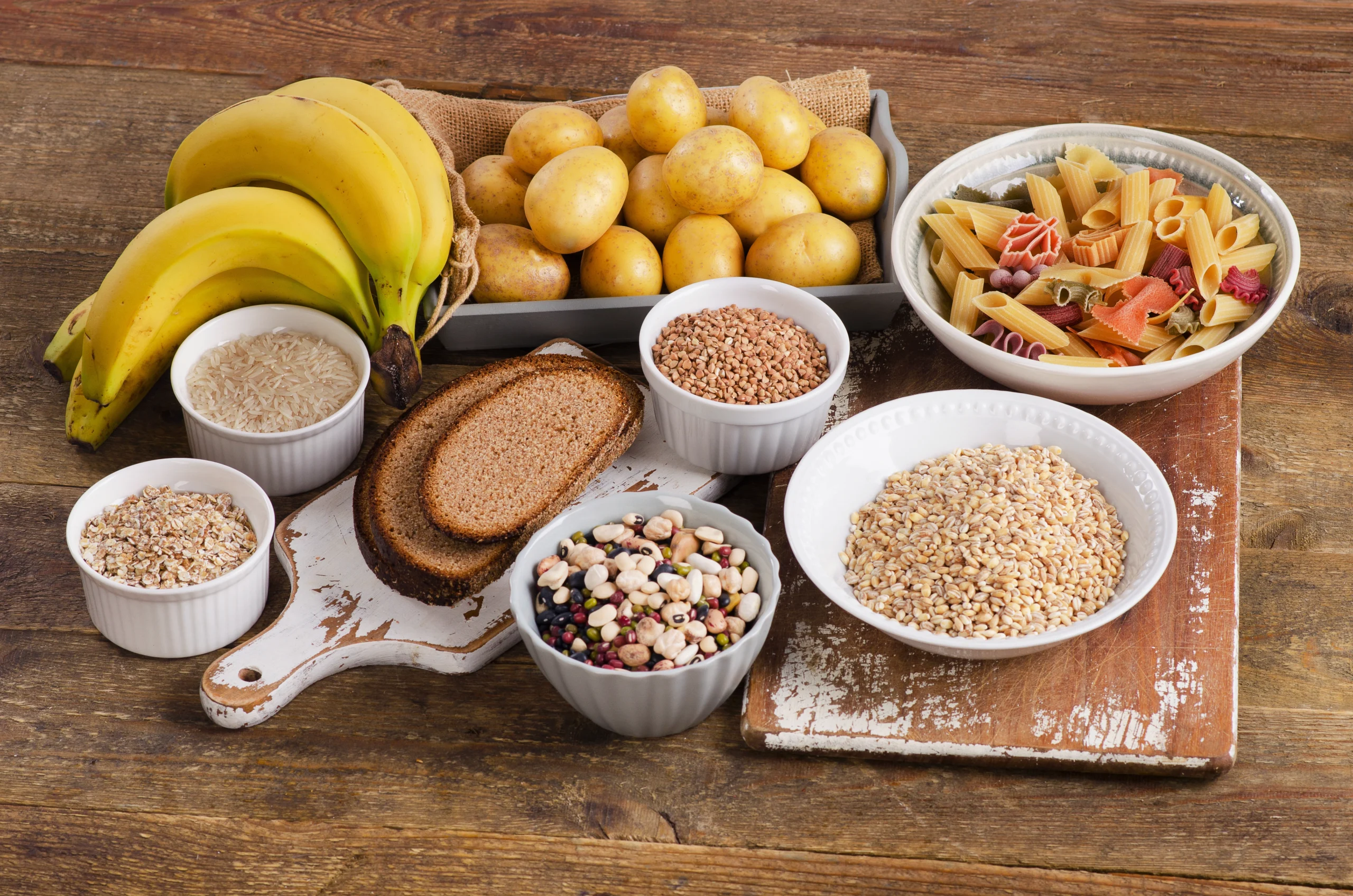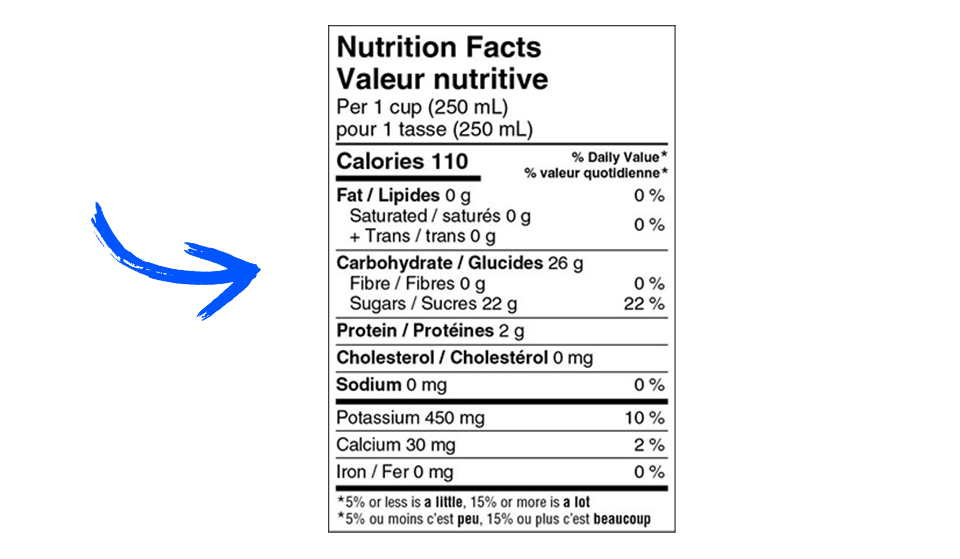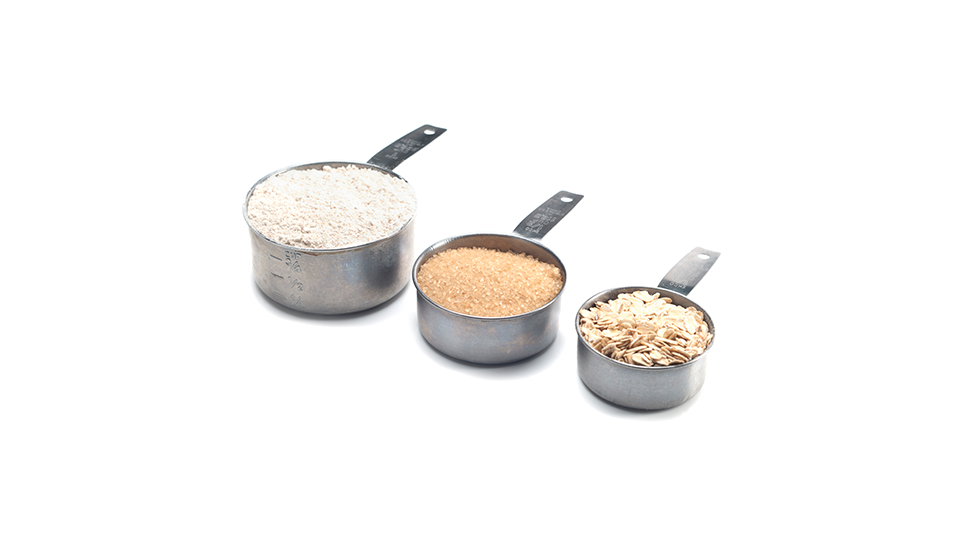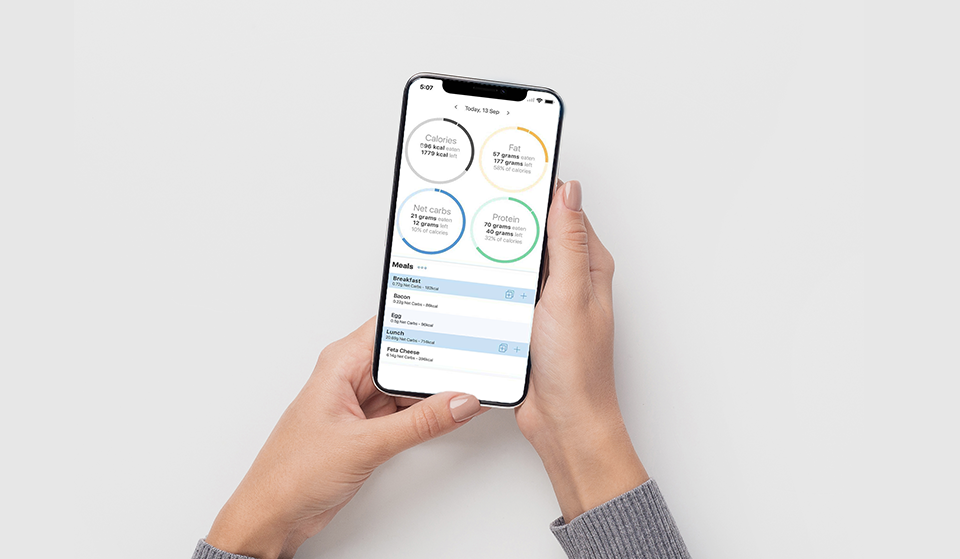Carb counting
People with type 1 diabetes (T1D) must balance the amount of carbs they consume with the right dose of insulin. That’s why carb counting is so important.

Carbohydrates, or “carbs,” are nutrients (coming in the three types: starches, sugars and fibre) found in the food we eat and drink. They are the body’s source of energy, with the help of insulin, your digestive system breaks them down into glucose.
People with type 1 diabetes (T1D) must balance the amount of carbs they consume with the right dose of insulin. That’s why carb counting is so important. But with some basic knowledge and practice, carb counting can become second nature. Here are six ways to improve your carb counting:

1. Know what to look for on nutrition labels

2. Measure what you make
Nutrition labels can be pretty easy to follow, but only if you know what the size of your servings are! For more accurate carb counts, use measuring cups when serving sizes (ie. cups) are given in volume and use food scales to help count carb grams. Of course, bring a food scale with you for all meals is impractical but weighing common foods at home can help you guestimate going forward.

3. Use technology
New carb calculator apps and websites are making carb counting a lot easier, especially when you are eating out. Find a few that you trust. Consider asking your healthcare professional or someone you trust with T1D for recommendations. Technology can not only help count carbs on a meal-by-meal basis, but also keep a record of your diet throughout the week and even months.

4. Find out what’s right for you
There are recommended proportions of how carbohydrate, protein and fat should make up your daily diet when you have T1D. With these as a guideline, you can find what works for you. While everyone needs the energy, vitamins and fibre of carbohydrates, you can decide your carbohydrate intake throughout the day. If you want advice or a full-fledged plan, a dietitian or diabetes educator can help figure out which foods to eat, how much to eat and when to eat based on your body, lifestyle and blood glucose targets.

5. Practice, practice, practice
Often carb counting is not as simple as reading a nutrition label. When eating out or having others cook for you, you won’t be able to measure each ingredient. That’s where estimating comes in. When you are home, train your eye to measure food or use household items to estimate portions. Carb counting is both a science and an art. Learning the carb counts of various foods can be a challenge.

6. Find your go-to meals and snacks
Meal planning can help you make healthy choices and when your meals are set, you are less likely to grab takeout or give in to unhealthy cravings. This is especially helpful for people with type 1 diabetes. A meal plan can consider the timing of your meals, how much to eat and what foods to choose, taking the guesswork out of carb counting.
Learn more about nutrition and T1D.